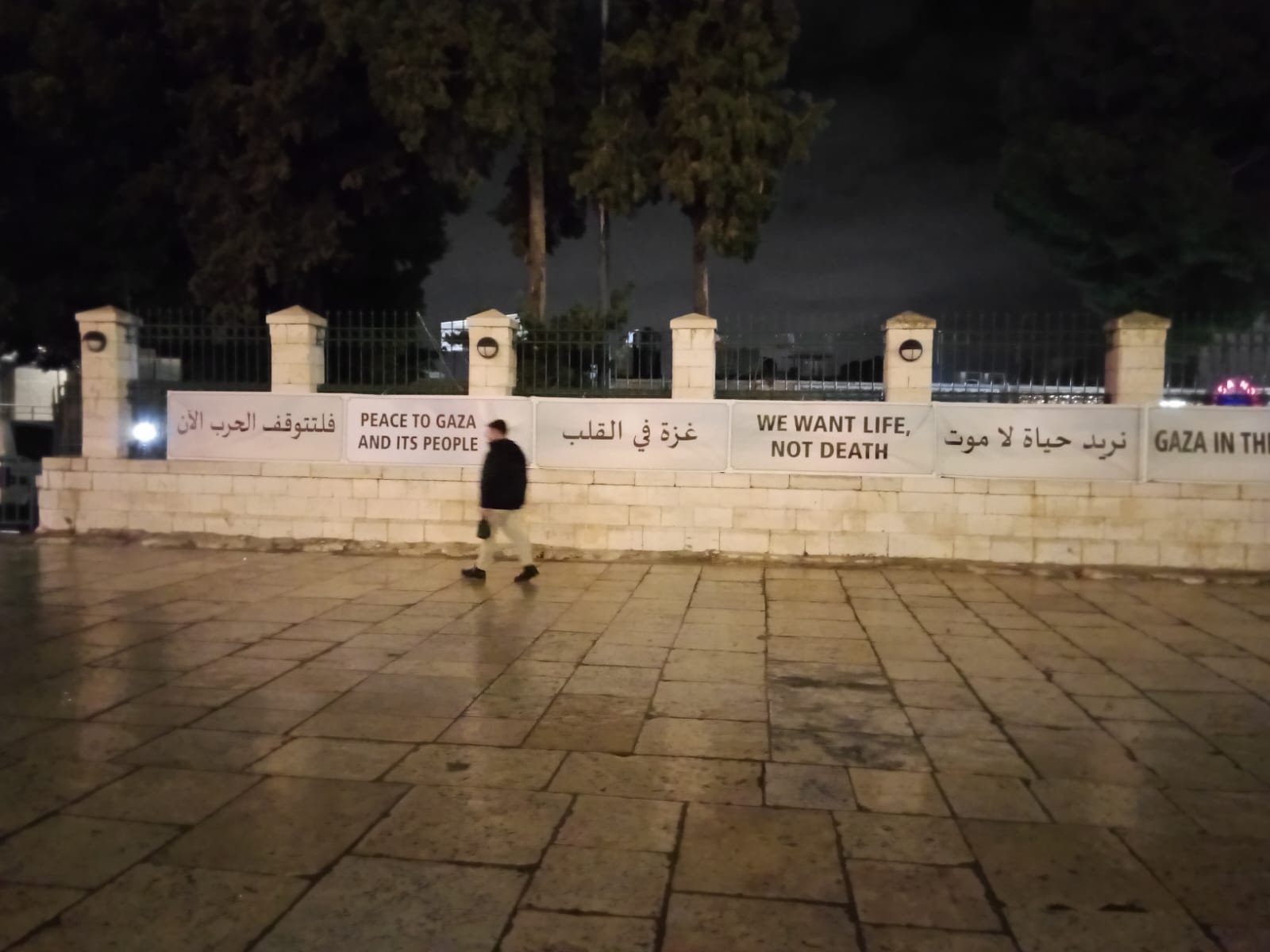Tag: Hebron
-

Settler Harassment During “Shabbat Chayei Sarah” in Al-Khalil
November 21/ 22 – Al-Khalil Music, songs, dancing, prayers and alcohol. This could chracterize a common religious festival anywhere – were it not being used as an excuse for Israeli settlers to attack and raid the Palestinian community, which is already living under segregation since 1997, in the city known as al-Khalil for the Palestinians and…
-

Impending Famine, Infectious Disease and Starvation. It is Christmas in Palestine.
Gaza / Occupied West Bank 12/24/2023 Hundreds of thousands of Palestinian children in Gaza are at risk of famine and preventable death from disease as the world’s observant retreat into family and faith to mark the birth of another Palestinian child. In a lightless, treeless Bethlehem, haunting displays capture the specter of a…
-

Worldwide Pressure Escalates with Global Strike for Gaza
Striking Palestinians across the occupied West Bank have been joined by millions in countries across the world for the Global Strike for Gaza, which was announced by a coalition of major Palestinian factions. The cadence of the strike declarations accelerated rapidly throughout the day in demand of an immediate ceasefire and an end…
